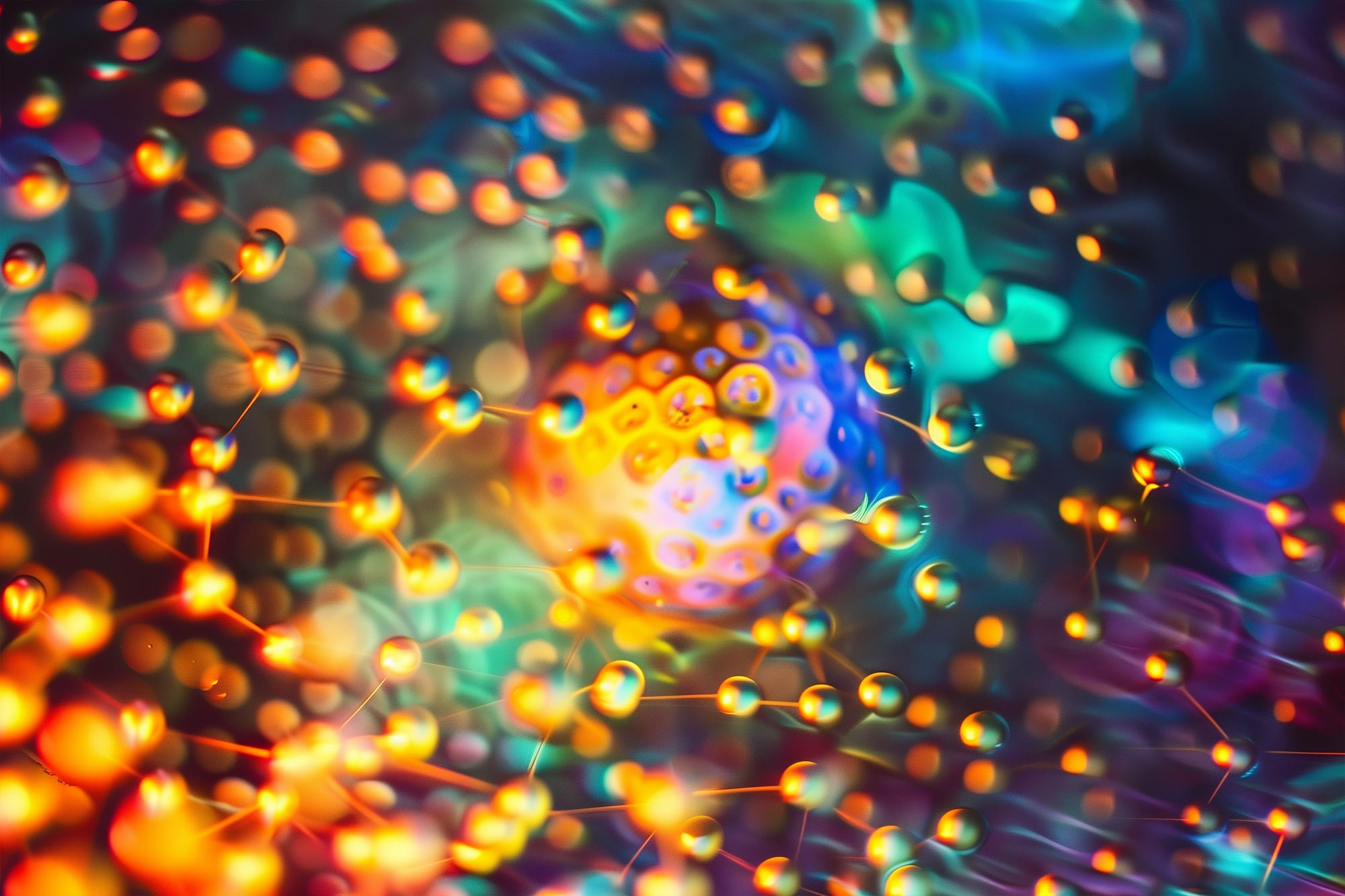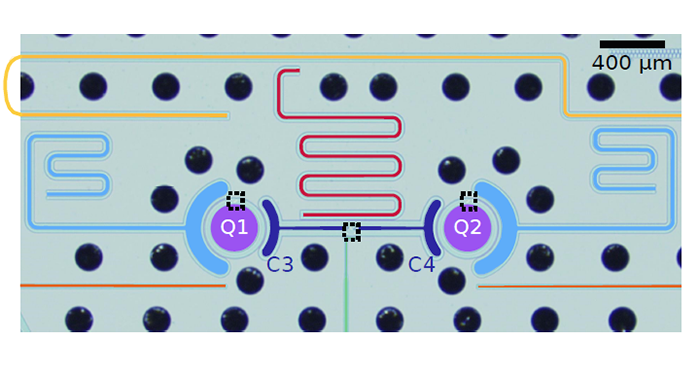New research using neural networks, a form of brain-inspired AI, proposes a solution to the tough challenge of modeling the states of molecules.
A new study by Imperial College and Google DeepMind introduces a neural network-based method to model molecular excited states. This method could significantly enhance the FermiNet (Fermionic Neural Network), which was the first example where deep learning was used to compute the energy of atoms and molecules from fundamental principles that was accurate enough to be useful.
The team tested their approach with a range of examples, with promising results. On a small but complex molecule called the carbon dimer, they achieved a mean absolute error (MAE) of 4 meV (millielectronvolt – a tiny measure of energy), which is five times closer to experimental results than prior gold standard methods reaching 20 meV.
Dr. Pfau said: “We tested our method on some of the most challenging systems in computational chemistry, where two electrons are excited simultaneously, and found we were within around 0.1 eV of the most demanding, complex calculations done to date.
“Today, we’re making our latest work open source, and hope the research community will build upon our methods to explore the unexpected ways matter interacts with light.”
Reference: “Accurate computation of quantum excited states with neural networks” by David Pfau, Simon Axelrod, Halvard Sutterud, Ingrid von Glehn and James S. Spencer, 23 August 2024, Science.
DOI: 10.1126/science.adn0137





















Discussion about this post